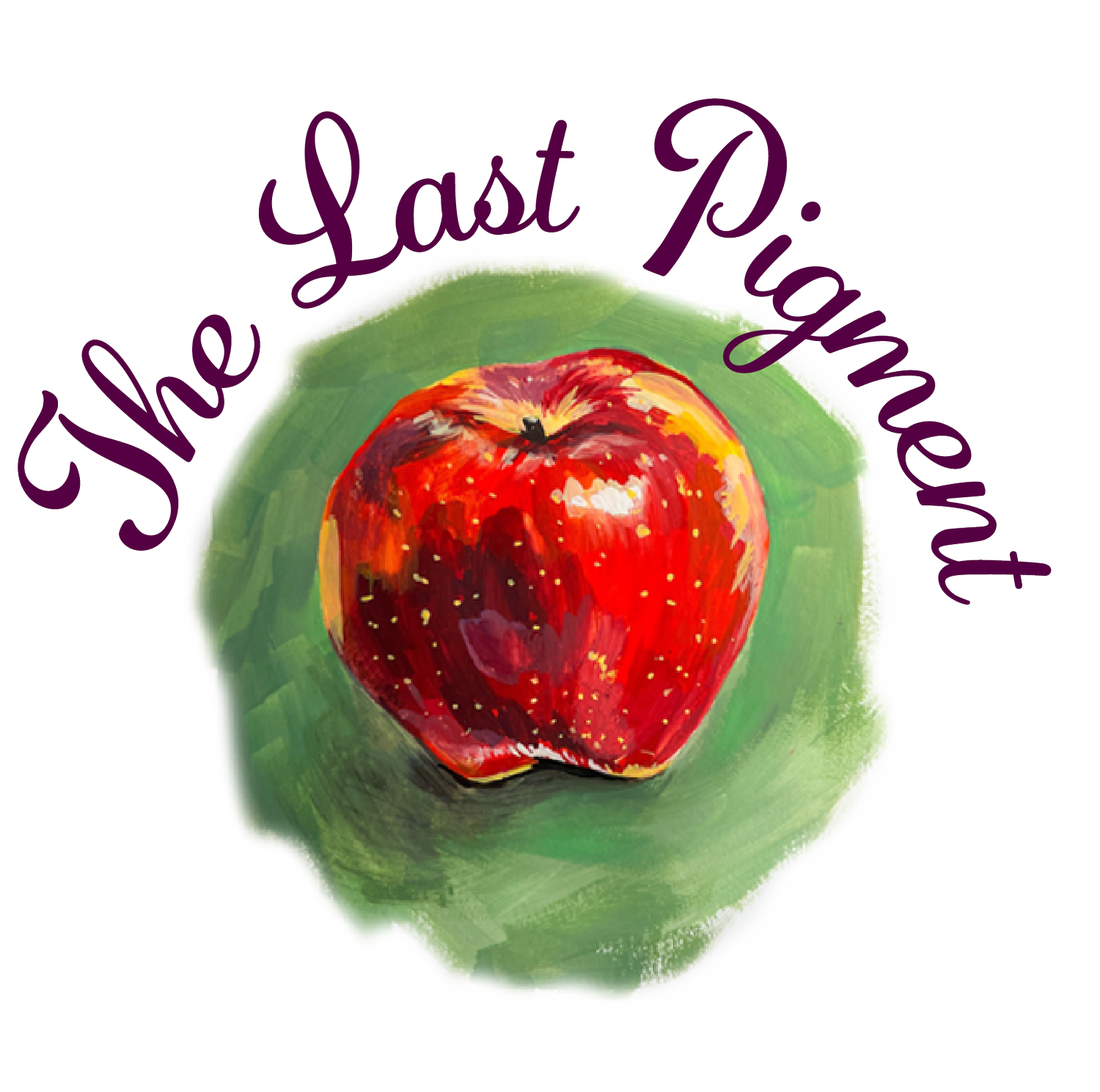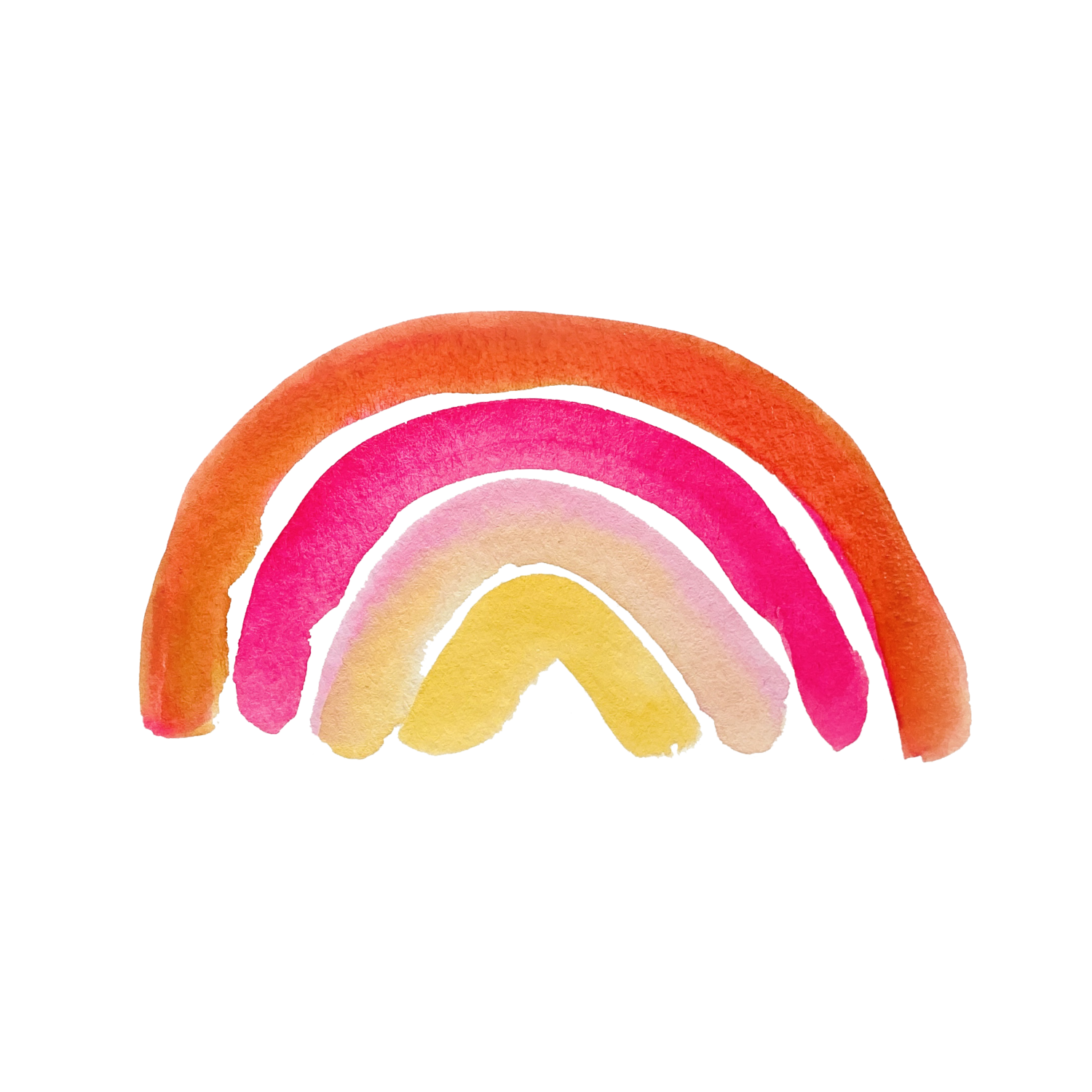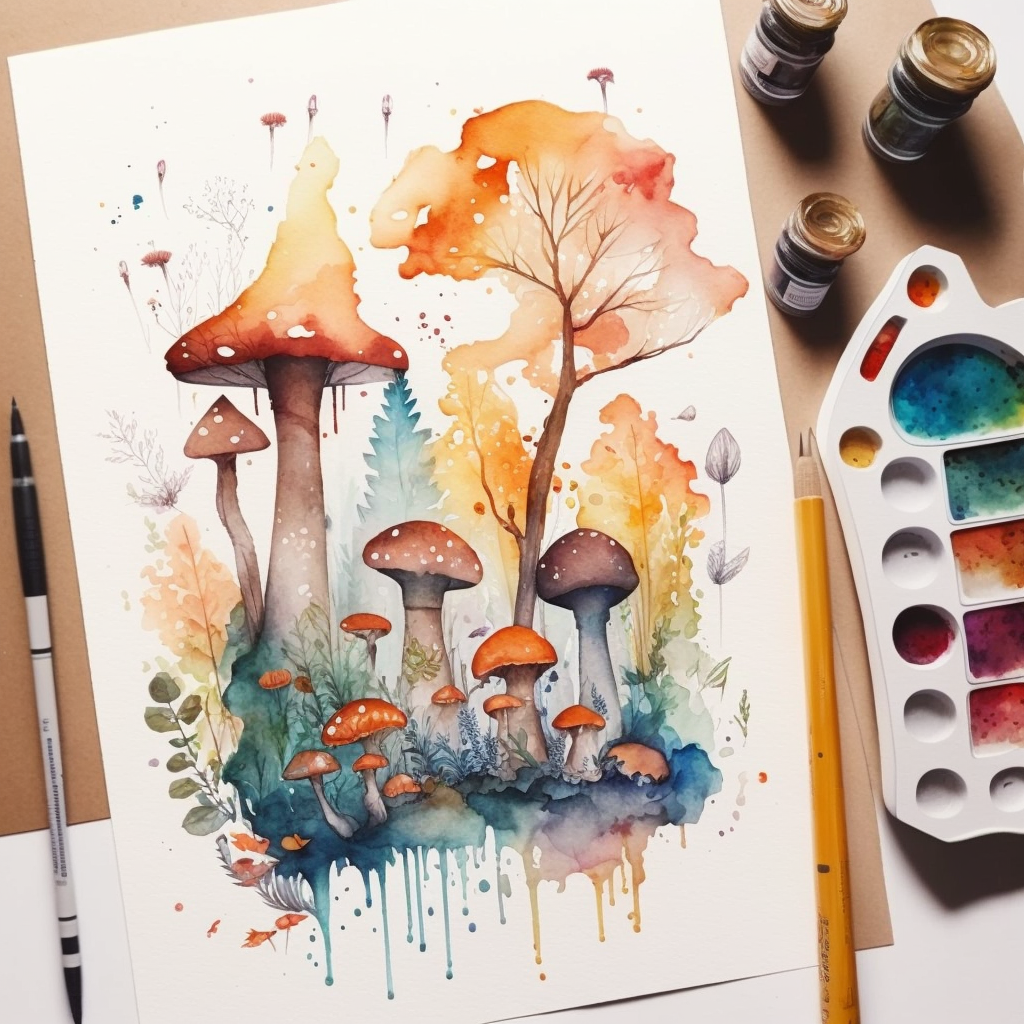MidJourney’s Butterflies Are Anatomically Incorrect
It’s safe to say most artists have dabbled with MidJourney out of curiosity. We all wonder about the range of capability in AI generated art.
Artificial Intelligence (AI) has made significant progress in recent years, and has been used in various fields, including art. AI-generated art has become increasingly popular in recent times enabling many designers, artists, and non designers use this technology. AI-generated art has brought many benefits, including the ability to produce art in real-time and quickly. However, despite these benefits, AI-generated art has limitations.
AI Art and Originality
One of the most significant limitations of AI-generated art is that it lacks of originality. AI algorithms are designed to recognize patterns and learn from them. They cannot create something entirely new that does not exist already (although this is arguable). Even if AI can generate images and patterns, it often creates things based on existing data. For example, an AI program might generate a painting based on a style of a well-known artist, but it will not be able to create something completely new. The image generated is based on the whole database of images created in associated with that concept.
Another limitation of AI-generated art is that it lacks creativity. Creativity is the ability to draw on inspiration and come up with something new and unexpected. Although AI is capable of generating complex patterns and images, it’s not necessarily drawing on any complex ideas. It’s creating images based on what it has already sene. This is because AI algorithms are based on pre-existing data and rules. They do not have the ability to think abstractly or creatively, which limits their potential to produce unique and imaginative art.
AI-generated art also lacks emotional expression. Art is a form of self-expression and perception, and it is often created to evoke a particular emotion or feeling. However, AI algorithms do not have emotions or feelings. The art is being created without the same intention. Therefore, the art generated by AI lacks the emotional depth and complexity of human-created art. AI-generated art might look visually appealing, but it cannot capture the human experience in the same way that a human artist can.
Moreover, AI-generated art is also limited by the quality of the data used to train the algorithm. If the data is biased or of poor quality, the AI-generated art will reflect those limitations. For example, if the algorithm is trained on a limited set of images, the resulting art will also be limited in its diversity and creativity. Currently ChatGPT is using data sets from years ago. It’s not even up to date.
In conclusion, AI-generated art has its limitations, primarily because it lacks originality, creativity, emotional expression, and is limited by the quality of the data used to train the algorithm. Although AI-generated art has the potential to produce complex patterns and images quickly and at scale, it cannot replace the creativity and emotional depth of human-created art. However, it is important to note that AI-generated art can complement human-created art and provide new ways of creating and appreciating art.
I recently asked MidJourney to create a butterfly for me. The colors for the illustration are stimulating and well chosen, but the butterfly is anatomically incorrect.




